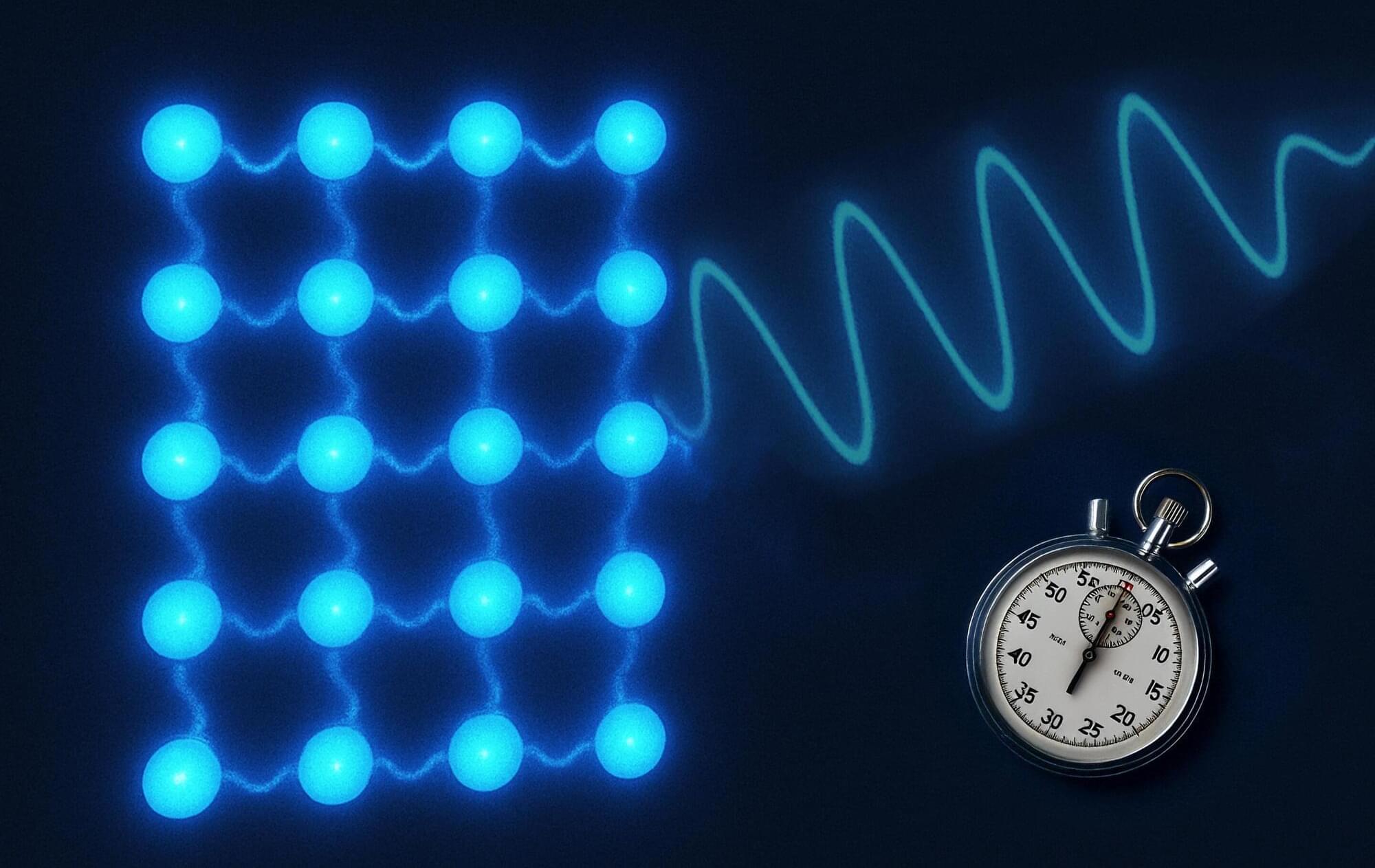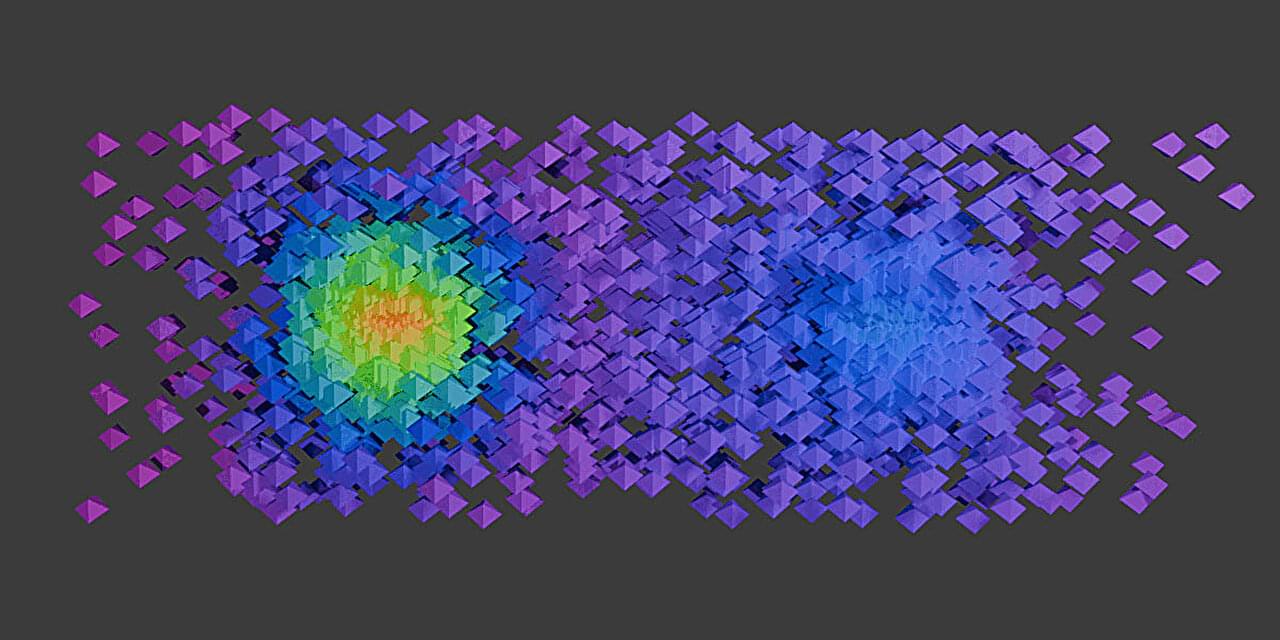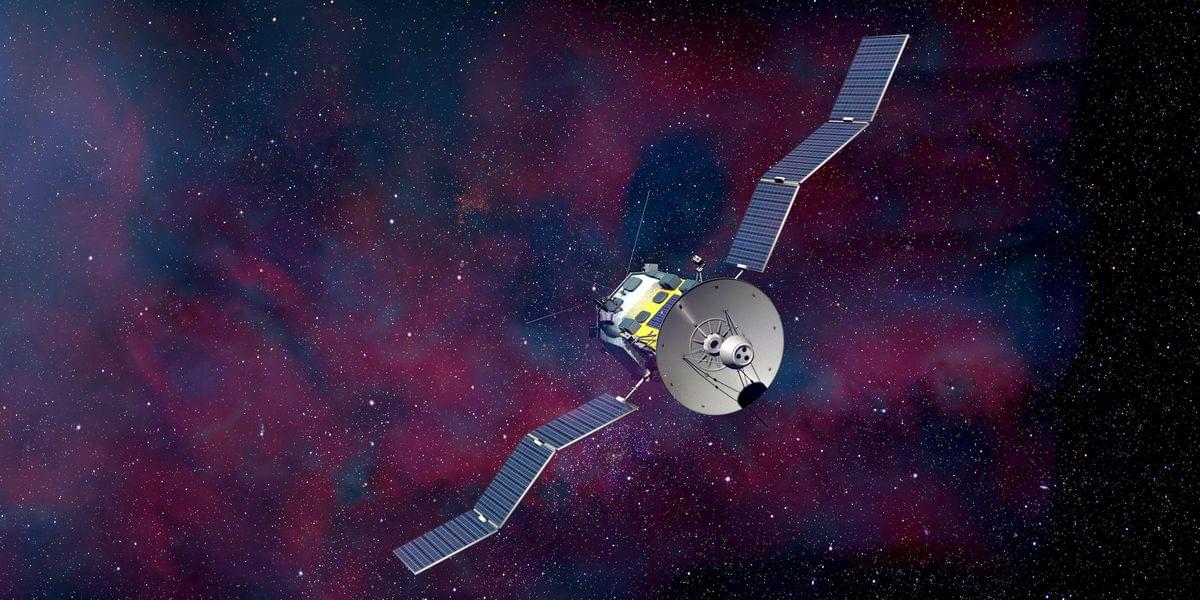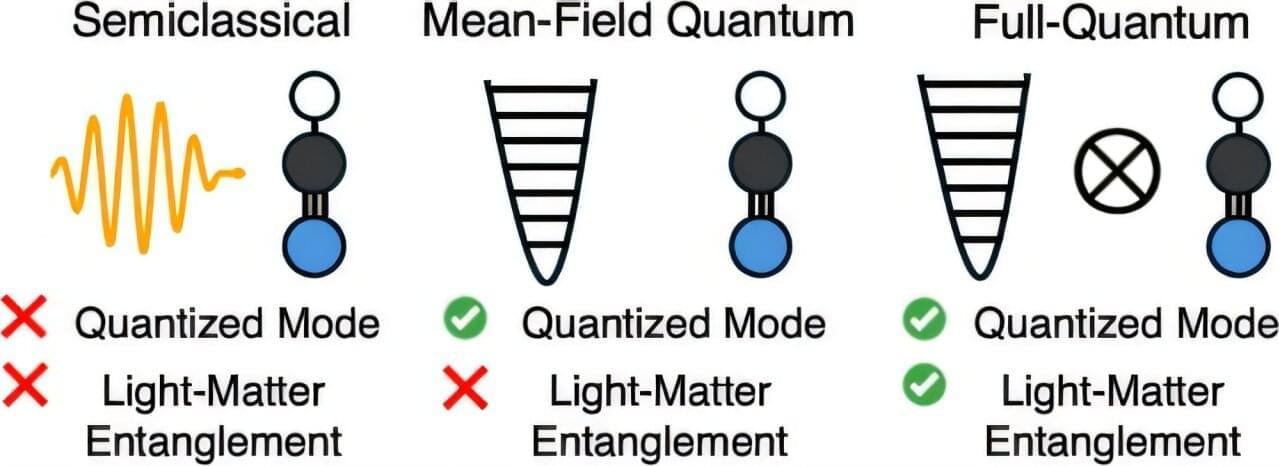A new physics-based algorithm clears a path toward nuclear microreactors that can autonomously adjust power output based on need, according to a University of Michigan-led study published in Progress in Nuclear Energy.
Easily transportable and able to generate up to 20 megawatts of thermal energy for heat or electricity, nuclear microreactors could be useful in remote locations such as rural communities, disaster zones, military bases or even cargo ships, in addition to other applications.
If integrated into an electrical grid, nuclear microreactors could provide stable, carbon-free energy, but they must be able to adjust power output to match shifting demand—a capability known as load following. In large reactors, staff make these adjustments manually, which would be cost-prohibitive in remote areas, imposing a barrier to adoption.







